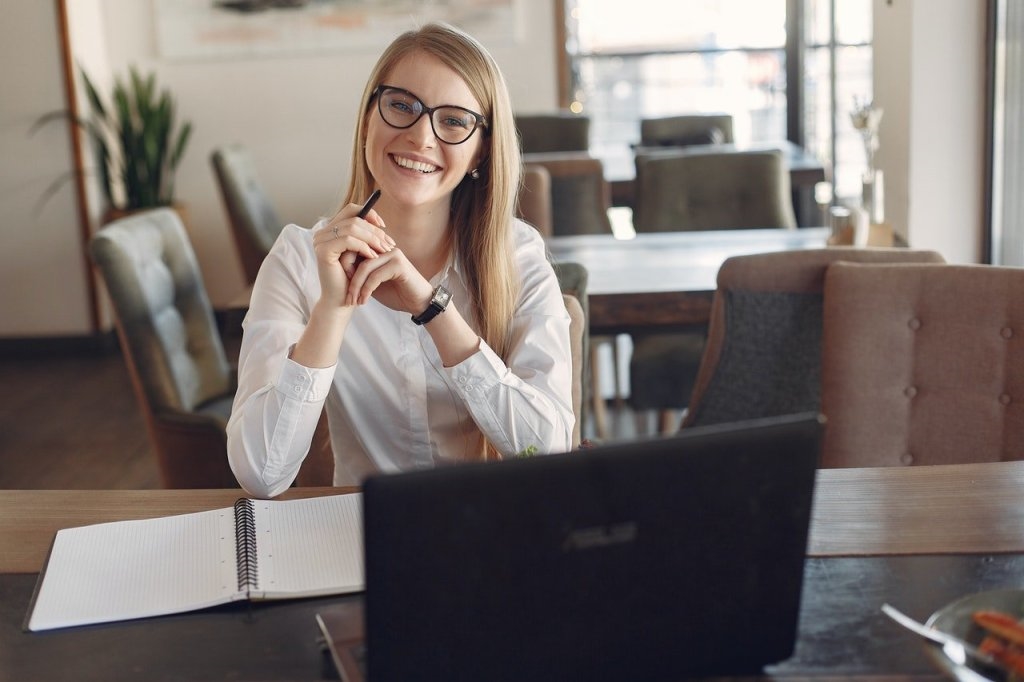 Photo by Gustavo Fring from Pexels
Photo by Gustavo Fring from Pexels
In a world disrupted by a pandemic, online retail sales exploded. Sure, more retail sales moved online over the last decade, but, with brick and mortar retail stores shuttered, people who never shopped online before faced the hard choice of dipping their toes in the online retail pool or doing without. Econsultancy cited a report showing online retail sales in the UK are up over 20% in April, with even higher increases (up to 140% in some shopping categories). In fact, except for fashion, almost every shopping category exploded their online sales, forcing high-profile bankruptcy filings for major retailers like JC Penney. Some reports suggest that as many as half of all brick and mortar retailers won’t survive the pandemic. So, if your retail business faces an uncertain future, we put together this guide to online retail for beginners.
Online retailing was never limited to products you can deliver without physical contact – such as travel, books, and music – or services, such as accounting, marketing, and consulting. But, the world of online retail is growing more than ever before. Consumers who were initially hesitant to trust online shopping or who preferred the immediacy of traditional brick and mortar stores faced the reality that in-store shopping was gone. Consumers discovered the convenience of shopping without leaving home, of comparing a bunch of options in seconds, of shopping in the middle of a sleepless night, or ordering a product when you experience the need without waiting for time to go shopping. Consumers can shop while feeding the baby, walking the dog, or during a particularly boring Zoom meeting (just kidding … or am I). Consumers are home so they can check the fridge to see if they need milk, measure that window for curtains, or get the opinions of friends and family before ordering. In some cases, consumers find online products cheaper or have a bigger variety to choose from than when shopping in a brick and mortar.
And, like many other behaviors, once consumers tried online retail, they discovered its benefits and may never return to traditional stores. Or, at a minimum, consumers will shift certain purchases to online. Thus, the ability to deliver goods to people’s doors benefits consumers and you’re missing the boat if your business isn’t optimizing its online retail potential. Now is the perfect time to set up a thriving online retail business – but where to start, and how do you give yourself the best chance of success? Here’s your guide to online retail, just in time for your success.
Set Up Your Own Site
One way to sell products online is through your own dedicated website. The benefit of your own website is you have total control over your business. You determine how to display your products, what prices to charge, what currency and credit you’ll accept, and delivery terms. You must pay fewer fees to middlemen who run retail platforms. You’ll also experience less direct competition since you won’t compete with other brands side-by-side with your products.
The downside of selling on your own website is that you have total control over your business.
Since the site is your own, you’re responsible for driving traffic to the pages, which is hard when you’re competing with millions of other webpages on the Internet. How does your target market find you in this crowded superhighway?
You’ll need great SEO (Search Engine Optimization), which means you’ll need fresh content on a consistent basis, just to get started. Then you’ll need easy-to-use navigation, fast load-time, mobile-friendliness, and a host of other elements just to stand a chance of getting traffic and driving sales. Even with this, you need digital advertising on Google, as well as social platforms.
Speaking of social platforms, you need pages/ profiles on the social platforms where your target market hangs out, content optimized for those platforms, influencer marketing, and a lot more. Then, you’ll need graphics, video, and other visual elements. You really need to hire an experienced website designer to put all the necessary elements together then you need someone to manage everything (the website, social media, and advertising) on an on-going basis.
This isn’t for the faint of heart, but, heck, all the profits are yours alone.
Use Massive Platforms
An alternative to building your own website is to set up profiles on established retailer marketplaces and sell from there. Examples of these massive platforms are Amazon and eBay. Etsy is also a good option if you create bespoke items or Fiverr if you offer services such as marketing, accounting, copywriting, etc.
While you generally pay a percentage of your sales to these marketplace owners, they do a lot of the heavy lifting for you.
- They drive traffic to your product pages
- The marketplace handles all the transactions, so you don’t have to worry about payment. Consumers are also more willing to provide financial information, such as credit cards, to the marketplace since they trust them
- The platforms involve templates, for the most part. These templates make adding your virtual storefront of products to their sites much easier
- Many marketplaces offer education and training resources to help you succeed
Marketplaces enable you to trade off the reputation of the existing site, which helps build customers much more easily and quickly than striking out on your own. Look up guides about how to sell products on Amazon for beginners; to find additional resources as a guide to online retail.
Build Trust and Reliability
Anyone who runs a successful online business will tell you that good customer feedback is everything when it comes to attracting retail customers and keeping existing customers coming back. Consumers can’t touch and feel your product before buying and, especially if you’re selling from your own website, they don’t even know the products exist. Reviews are critical for making sales, so much so that Amazon has stringent rules governing reviews to ensure fake reviews aren’t manufactured to unfairly support your product.
With the growth of review sites such as Trustpilot, gaining reviews is now a goal unto itself. Having a few bad experiences made public by disgruntled customers can sink your online retail plans, but having no reviews is almost as bad. So, in addition to gaining sales, you also need to encourage buyers to review your products, which is often harder than getting the sale in the first place. Think about incentives that drive customer reviews or contests to encourage them. Make reviewing easy and be sure to post reviews on your website or conform to the requirements established by marketplaces to post reviews.
To guard against bad reviews, it’s important to ensure you’re fully prepared to deliver the products you offer and have contingency plans in place to handle common problems such as delivery delays, damage in transit, or stock outages before you start your online retail business! Whether you sell through your own website or through a marketplace, create a clear customer service system so you’re able to quickly respond to any issues and keep your reputation intact as you build your retail business.
Conclusion
Online retail is a fast-growing industry with great potential for new business owners to carve out their own niche in the market. However, as with any new venture, it’s very important to do your research, select the best platform for you to sell your goods, and make sure you’re fully prepared before you begin selling.
Digital & Social Articles on Business 2 Community
(414)









